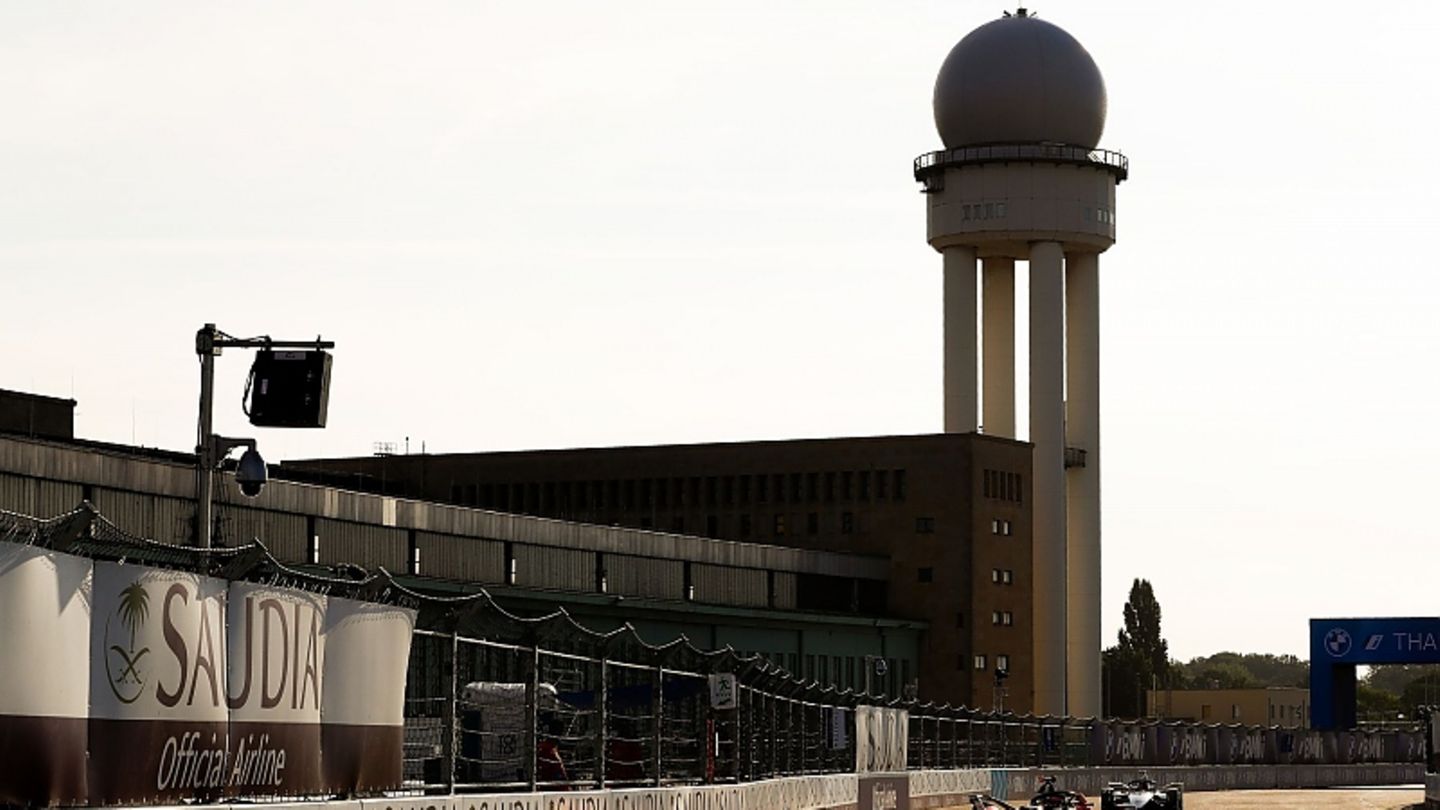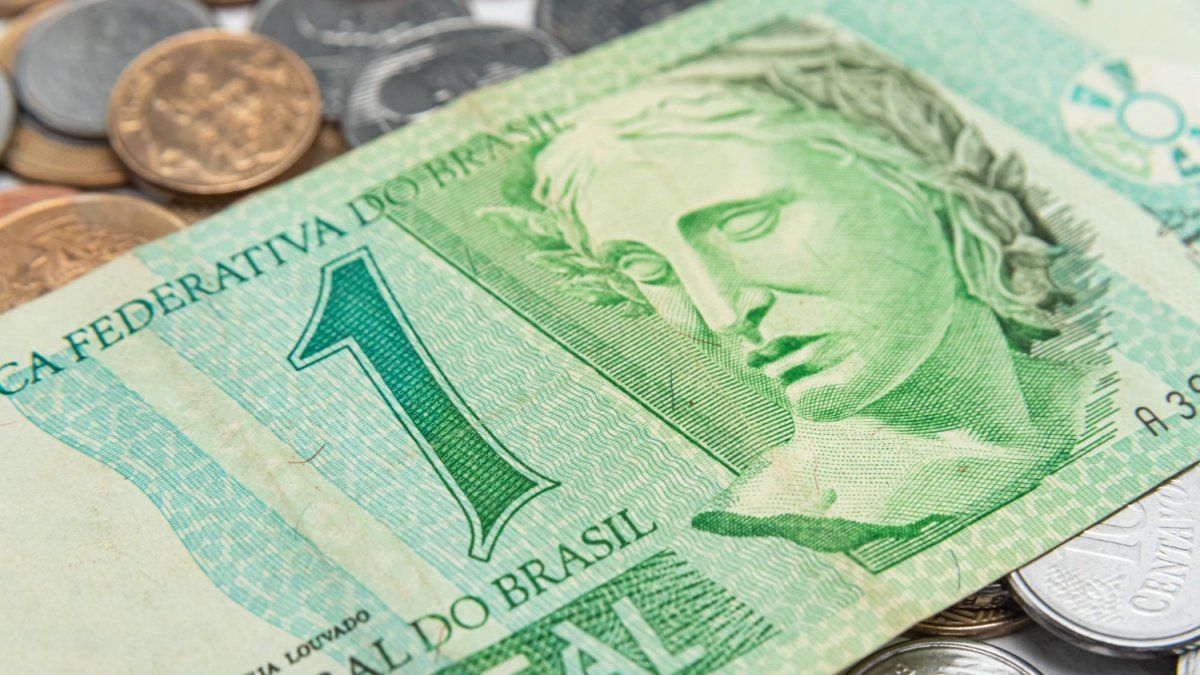Formula E had a furious finale in Berlin. Despite all the tension, the electric racing series is at a crossroads. With Audi and BMW, two big players are leaving, but the remaining players exude optimism
Alejandro Agag was in his element in Berlin. The Formula E founder smiled into the TV cameras, shook hands with local celebrities, posed with FIA boss Jean Todt and radiated boundless optimism. On the face of it, the bustling businessman had every reason to be. Before the decisive race weekend in Berlin, 18 drivers theoretically had the chance to win the world championship before the final run on the grounds of the former airport in Tempelhof, there were 14, seven of them had it in their own hands. Much more exciting than in Formula 1, where it is already clear halfway through the season that either Lewis Hamilton or Max Verstappen will crown themselves. The race was exciting right up to the end and in the end the Dutchman Nyck de Vries secured the world championship title for the drivers and his Mercedes-EQ racing team for the teams.
Actually ideal conditions. But behind the scenes, the Formula E world isn’t quite as bright as you might think. Mercedes is pushing a clear commitment to Formula E here and, when asked, reports tightly: “So far there is no news that we could report on.” A clear “yes, we will continue after 2022” would have sufficed. In the Berlin paddock, the radio announced the exit of the star team. Especially since Mercedes motorsport boss Toto Wolff stated in Berlin that the Formula E commitment is constantly being scrutinized. The departure would be a severe blow for Formula E. With BMW and Audi, two well-known automobile manufacturers have announced their departure from the Formula E racing series. Actually astonishing. After all, Formula E offers a closeness to series production, which is far more pronounced than is the case with the highly bred Formula 1. “In Formula E, we gain experience under the toughest conditions, which is also important for future series models,” explains Jaguar team principal James Barclay.
That is not enough for the two German carmakers. After all, racing series for premium manufacturers such as Audi and BMW are always a showcase to showcase their technical skills. Be it the powerful ten-cylinder engine at BMW in Formula 1 or Audi’s “Vorsprung durch Technik” in the triumphs at the 24 Hours of Le Mans. Incidentally, both manufacturers want to join the LMDh (Le Mans Daytona hybrid) series and take part in the French racing classic again. Obviously, slogans like “Technology hardened in a relentless 24-hour duel” sound more tempting for the marketing experts from Ingolstadt and Munich than a victory in Formula E.
“We want to write our own story,” explains Head of Audi Sport Julius Seebach. But that means nothing else, that the Formula E regulations have reached their limits, since many elements of the car, such as the battery, are identical in all teams in the racing series. Instead of going through cities like Berlin and New York, the Ingolstadt-based company will face the Dakar Rally with an electric racer next year. With batteries developed in-house, including energy management. “The rules allow us more freedom in developing the vehicles,” says Julius Seebach. The same applies to the LMDh series, where Audi will enter in 2023 and take part in the 24 Hours of Le Mans. Porsche will also drive for sporting honors together with Penske. These decisions show that the premium car manufacturers in particular see racing as a technology showcase and continue to act according to the well-known motto “win on Sunday, sell on Monday” (win on Sunday and sell on Monday).
Porsche regards the Formula E racing cars as a rolling test laboratory “Our commitment is about the basic development of the drivetrain and we can do that very much in Formula E, since the highest level of racing prevails here,” explains Pascal Zurlinden, overall project manager for works motorsport. The Zuffenhausen-based company sees the close connection between the development teams for Formula E and the engineers who work on the production cars as an advantage. Audi emphasizes that they will not leave Formula E because the racing series is a bad product, but they want to face new challenges. However, Porsche is dancing at two weddings and will also face the competition in the LMDh series. Not good news for those responsible for Formula E, as the sports car manufacturer will certainly weigh up exactly where the money is used more sensibly. That is why Formula E has decided to curb costs for the next season: a maximum of 25 million euros for the manufacturers and a maximum of 15 million euros for the customer teams.
For Formula E, a lot will depend on how well the Gen 3 car does that from 2023 onwards. The first plans including an increase in performance sound promising. The starting field is just as crucial, and whether the Formula E management will be able to keep well-known manufacturers such as Mercedes and gain new drivers with McLaren or possibly even Aston Martin. Jaguar team boss James Barclay sees Formula E on the right track: “We’re bringing e-racing into the cities and that’s a good thing. In the next year, Cape Town, Vancouver and Seoul will be added three attractive locations.” The big trump card of Formula E is the fact that it owns the rights to fully electric monoposto races until 2039.
I am a 24-year-old writer and journalist who has been working in the news industry for the past two years. I write primarily about market news, so if you’re looking for insights into what’s going on in the stock market or economic indicators, you’ve come to the right place. I also dabble in writing articles on lifestyle trends and pop culture news.




